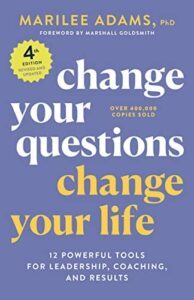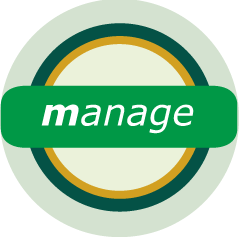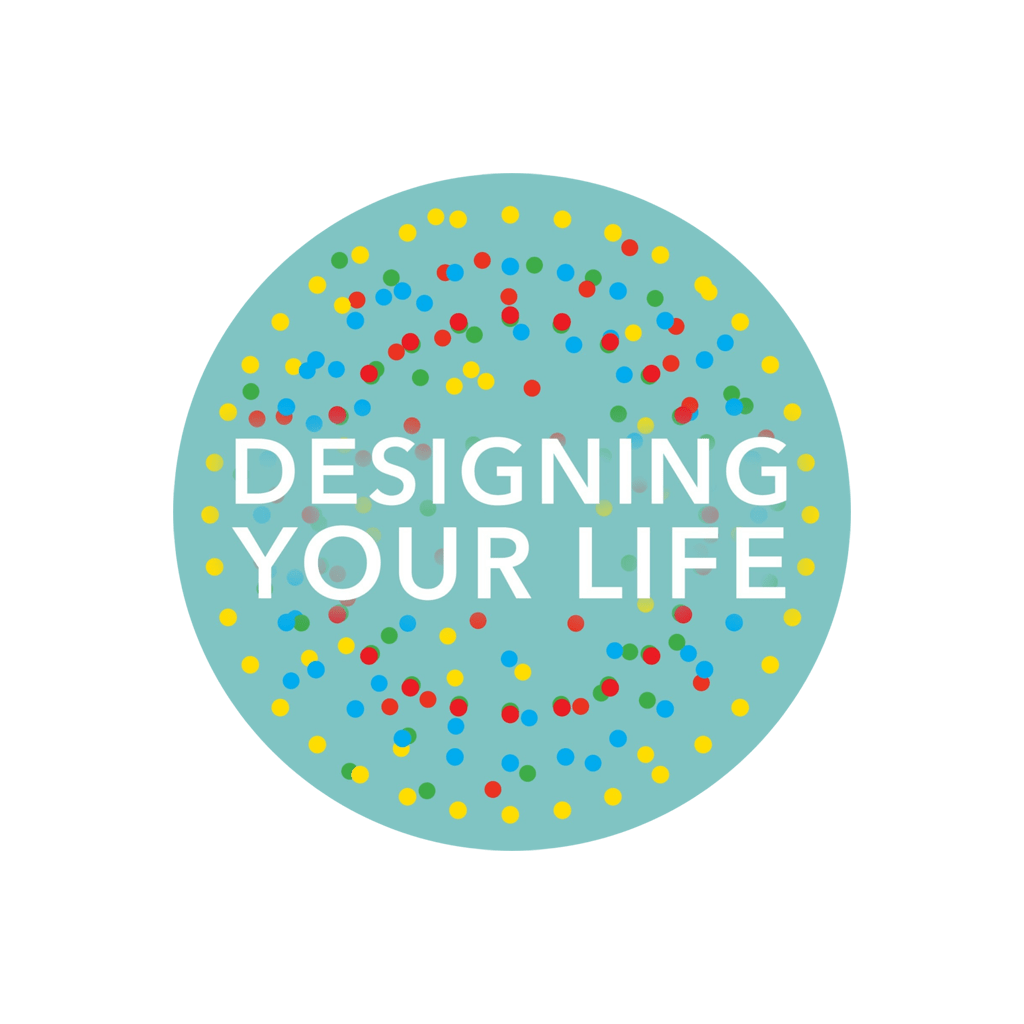Every human being should read this
Your brain is processing information every waking moment, and rarely under your control. It is on its own autopilot – emphasizing some facts, discarding others, and most of all, slanting the world to make you think it is all your platter. Knowing where your brain is defaulting to – judging or learning is one of the first keys to being a better communicator.

Change Your Questions, Change Your Life
This foundational text is key to recognizing what impact your state of mind makes on your ability to communicate. The short summary – if you are open to learning, then you will likely be much better at communication. If you are there to tell others – then you may want to reassess 😉
Communication Planning…
How do you plan your conversations? If you are really seeking to understand, learn what they are after/need, then you need to get the other person to “talk” and you to “listen”. We use a Communications Planning template for that, helping you to think about your objective, theirs, and then strawman “what is in it for THEM”. Next, you build your questions and flow around that… making it their idea by the end. The flow for every conversation good conversation follows that… and the key is getting the other person to talk about THEIR frame of reference FIRST. The more they are talking, the more you learn, and the more they like you 😉 Do the worksheet for each and every discussion, at least in your head.
… pays off when you do it.
When I do this, it is magic. I say almost nothing until the very end (other than simple questions), and they eventually get where I hope they will go… or somewhere even better for us both. When I don’t follow this, I talk too much and don’t get what is helpful to either of us. The work is thinking about “good questions,” – so back to the book. Simple questions are the best – but require honing, editing, and real focus on what you want to know/how to get them to talk/tell you. You also want to listen for something that you owe them “next time” – a follow-up, some data, another piece of information… something to keep the conversation alive. If you do that, you will continue to learn more and more about the real needs.
And who do you need to communicate with?
Now, have you given thought to all of the types of stakeholders, and what type of conversations with each of them will get you to the objective you and they need?

Each conversation uses the Communication flow above – and then they build on each other. Start with the left side – mostly questions, mostly listening, and start with almost disinterested people. On the other end, the decision maker would be the owner. Between are conversations that lead there. With each one, you know a bit more so you can spend a little less time in questions and more on ‘statements’ of what you are proposing/what the group is proposing. Or… continue learning what kept this from happening in the first place…
This is the Logical Selling Process
The meta flow is what was called “The Logical Sales Process – LSP” in the sales game. And somewhere in the middle is a critical transition – are you actually the person to sell the change to others. In your world, who is actually more credible than you? At that point, you have to equip them to go forward without you to the decision maker. A lot of people struggle with that transition – it is MY idea so I should go with it. Sorta – by then, it is not your idea… it has changed IF you are listening… 😉
The basic premise is planning all these conversations. Start as far away from the decision maker as you can so when you get there, even though you will still be asking questions, there will not be an answer that surprises you 😉
Our Collection of Free Coaching Resources
Use these summaries of important leadership concepts as guides to help you on your professional journey.
Direction Change
Job Search Guide: Why am I doing this?
Topic: Reflective strategies for career advancement.
Growth: Reassess your career goals and strategies, a crucial exercise for anyone looking to grow or shift their trajectory in the tech sector.
Focus: wonder from our empower framework.
~ 3 minute read.
New Job Guide: Setting Out On The Right Foot.
Topic: Building strong foundations in new partnerships or roles.
Growth: Navigate the initial stages of partnerships or leadership roles effectively, avoiding common pitfalls for long-term success.
Focus: partner from our empower framework.
~ 3 minute read.
Go Further!
More Guides for your Professional Journey...
Focus: Continuous learning and personal development.
Growth: Explore a curated selection of leadership and business books, a treasure trove for those committed to lifelong learning in leadership.
Focus: renew from our empower framework.
~ unlimited reading...
Designing Your Life Workshop
Rethink Your Career Journey
Communication
Business Communication: Can you hear me now?
Topic: Enhancing communication skills in managerial roles.
Growth: Improve your communication prowess, crucial for successful leadership and team management in the fast-paced tech industry.
Focus: manage from our empower framework.
~ 4 minute read.
Management Communication: Feed The Bear.
Topic: Implementing 360-degrees of effective management practices.
Growth: Understand the importance of 'No Surprises' in management and learn how to maintain a healthy and predictable management style.
Focus: observe from our empower framework.
~ 3 minute read.
Balance
Time Management: The Ideal Work Week.
Topic: Mastering time management for effective leadership.
Growth: Discover how to optimize your week for maximum productivity, a critical skill for tech professionals managing numerous projects and teams.
Focus: execute from our empower framework.
~ 3 minute read.
Task Delegation: From A to Z.
Topic: Mastering the art of delegation for effective leadership.
Growth: Learn the key to scaling any business through effective delegation, a vital skill for leaders in technology and beyond.
Focus: engage from our empower framework.
3 minute read.

If You're A Tech Leader or Organization
We're here for you. Let's discuss your goals and whether matching you to one of our coaching services is the best way forward.
No obligation and all information is confidential.


